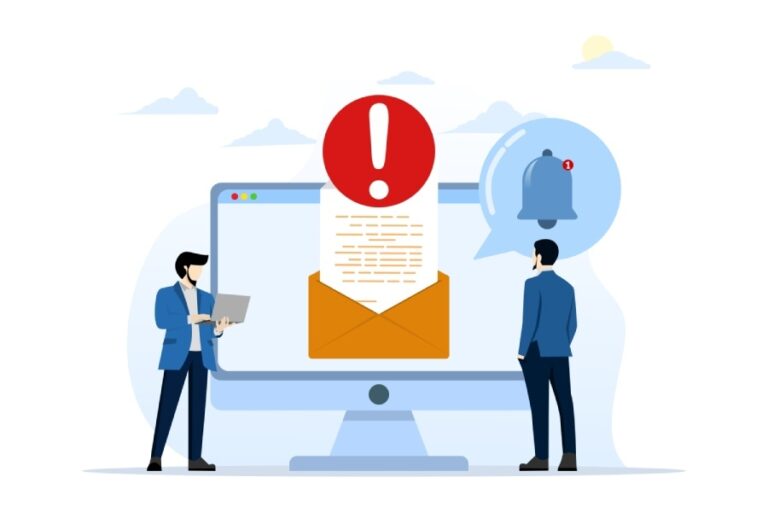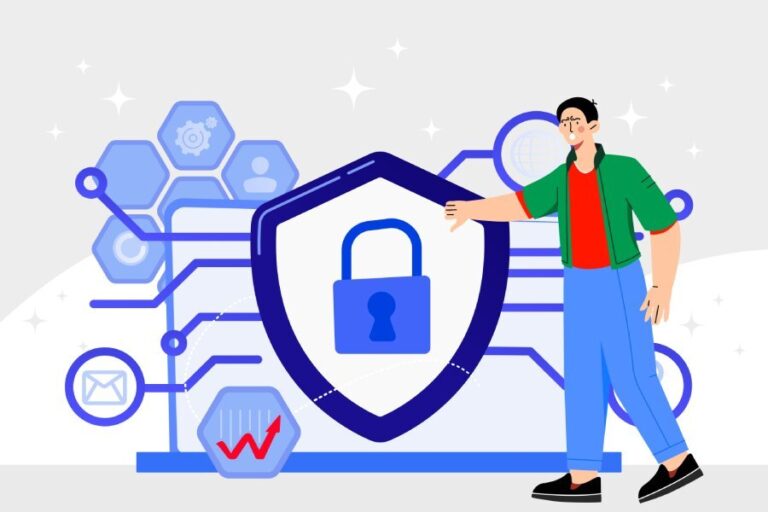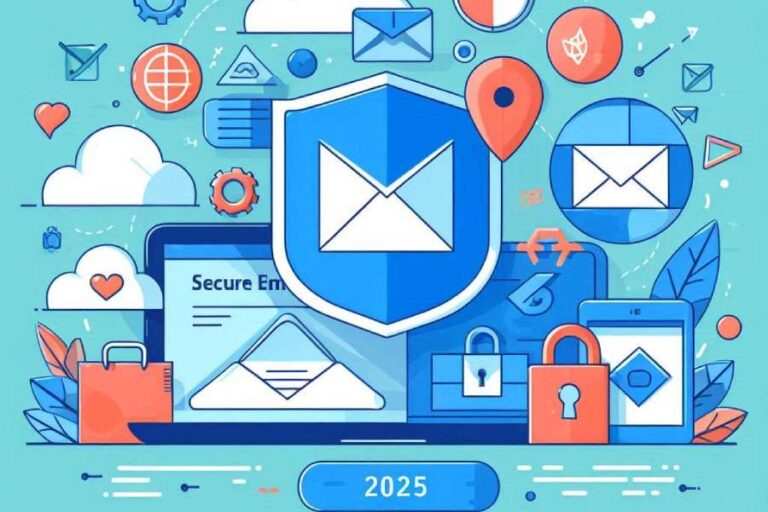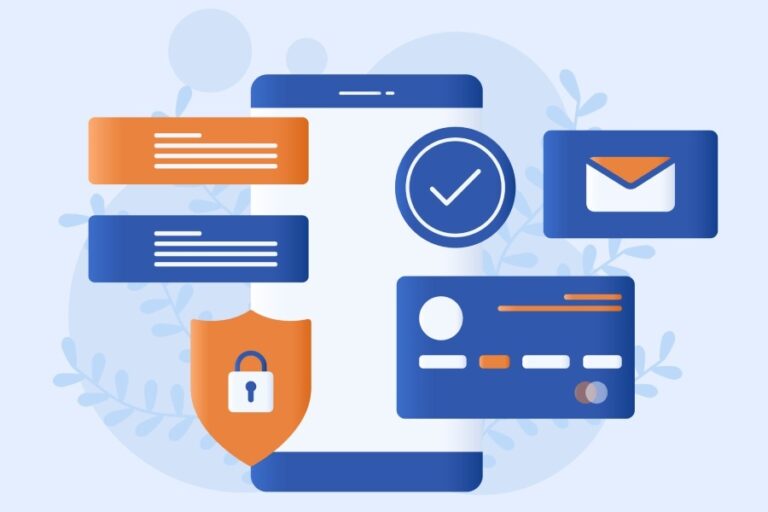How to Detect Fake Email Addresses: Tips to Identify Scams
Every day, our inboxes are filled with emails that promise the world, but unfortunately, many of them could be traps waiting to snare the unsuspecting. Detecting fake email addresses isn’t just a skill; it’s an essential part of navigating today’s digital landscape. With around one in four people experiencing phishing attacks recently, we must learn…







